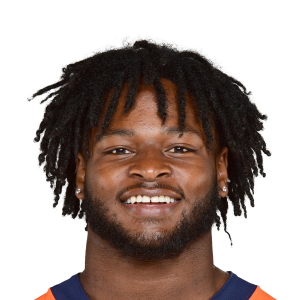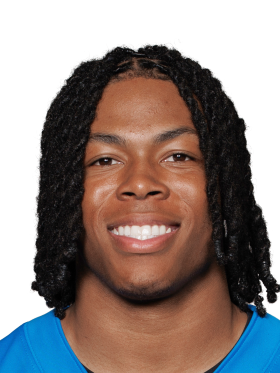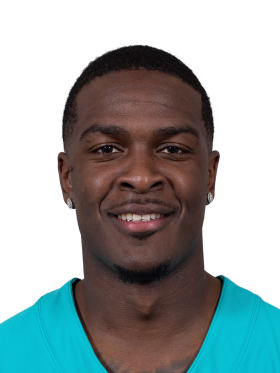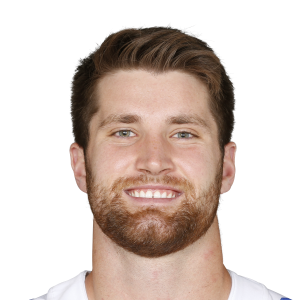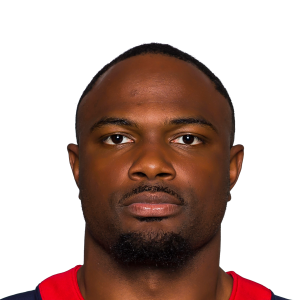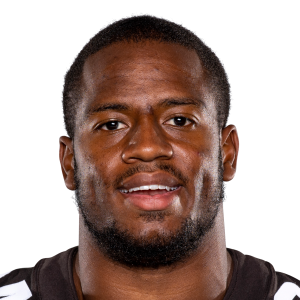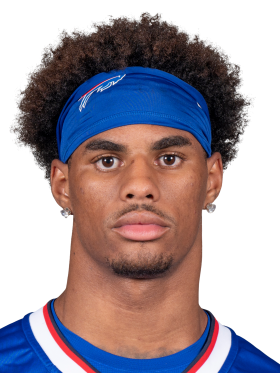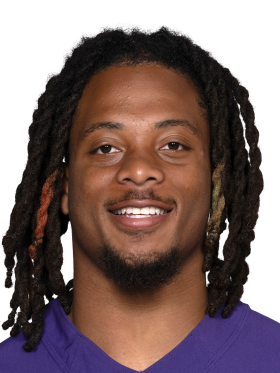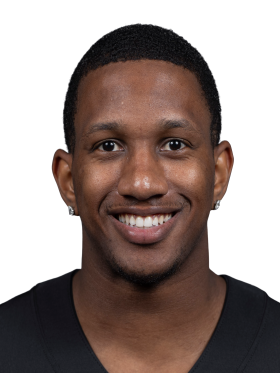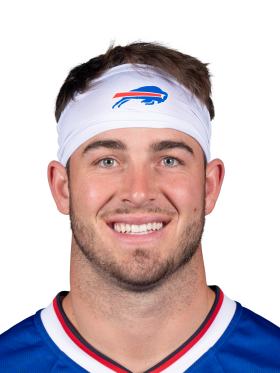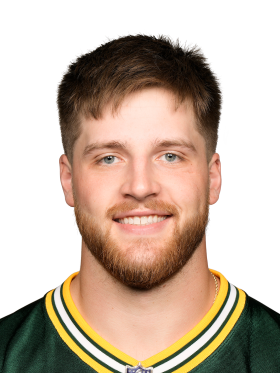199 Taeks
Javonte Williams: Worry over scheme and O-line


Players That Unlock Each Draft Strategy in 2025
102 days ago
Jahmyr Gibbs: Explosive anchor back with full workload upside


Players That Unlock Each Draft Strategy in 2025
102 days ago
De'Von Achane: High ceiling if role and efficiency converge


Players That Unlock Each Draft Strategy in 2025
102 days ago
Cade Otton: Free route-running tight end insurance play


Players That Unlock Each Draft Strategy in 2025
102 days ago
Dalton Schultz: Cheapest every-down tight end bet available


Players That Unlock Each Draft Strategy in 2025
102 days ago
Dameon Pierce: Late-round depth after reclaiming Texans lead role


Players That Unlock Each Draft Strategy in 2025
102 days ago
J.K. Dobbins: Locked-in starter undervalued around pick 100


Players That Unlock Each Draft Strategy in 2025
102 days ago
DeAndre Hopkins: Free dart throw attached to elite QB


Players That Unlock Each Draft Strategy in 2025
102 days ago
Lamar Jackson: Splash week upside and steady 20-point floor


Players That Unlock Each Draft Strategy in 2025
102 days ago
Lamar Jackson: Best QB value in elite tier


Players That Unlock Each Draft Strategy in 2025
102 days ago
Jahmyr Gibbs: Hero RB target, locked weekly starter upside


Players That Unlock Each Draft Strategy in 2025
102 days ago
Nick Chubb: Fade amid concerns he is cooked


Players That Unlock Each Draft Strategy in 2025
102 days ago
Trey McBride: Middle-priced elite TE nobody is drafting enough


Players That Unlock Each Draft Strategy in 2025
102 days ago
Geno Smith: Massive ADP gap for top-12 upside


Players That Unlock Each Draft Strategy in 2025
102 days ago
Brock Bowers: Mispriced elite tight end with WR volume


Players That Unlock Each Draft Strategy in 2025
102 days ago
Geno Smith: Premier late-round punt quarterback target


Players That Unlock Each Draft Strategy in 2025
102 days ago
Keon Coleman: Only Bill with true breakout upside


Players That Unlock Each Draft Strategy in 2025
102 days ago
Keon Coleman: Bills need him, WR2 upside at discount


Players That Unlock Each Draft Strategy in 2025
102 days ago
Josh Allen: Elite QB over RB for smaller-field edge


Excruciating Decisions in Rounds 2 & 3 of a High Stakes Draft
102 days ago
Dalton Schultz: Last-round routes bet in Texans offense


Players That Unlock Each Draft Strategy in 2025
103 days ago
Saquon Barkley: Excellent value when he slips past 1.06


Players That Unlock Each Draft Strategy in 2025
103 days ago
Jayden Daniels: Snag Daniels in 4th as discount elite QB


Players That Unlock Each Draft Strategy in 2025
103 days ago
J.K. Dobbins: Ideal zero-RB opener at pick 100


Players That Unlock Each Draft Strategy in 2025
103 days ago
J.K. Dobbins: Sean Payton offense unlocks discounted bell-cow upside


Players That Unlock Each Draft Strategy in 2025
103 days ago
Keaton Mitchell: Late-round dart with home-run speed


Players That Unlock Each Draft Strategy in 2025
103 days ago
Lamar Jackson: High floor-ceiling combo worth early draft capital


Players That Unlock Each Draft Strategy in 2025
103 days ago
Lamar Jackson: Elite QB undervalued, ceiling slates incoming


Players That Unlock Each Draft Strategy in 2025
103 days ago
Michael Penix: High-upside late QB worth overweight exposure


Players That Unlock Each Draft Strategy in 2025
103 days ago
Michael Penix: Late-round lottery ticket with Falcons upside


Players That Unlock Each Draft Strategy in 2025
103 days ago
Nick Chubb: Likely cut candidate, avoid at ADP 130


Players That Unlock Each Draft Strategy in 2025
103 days ago
Las Vegas Raiders: Bottom-five unit to target weekly overs


Players That Unlock Each Draft Strategy in 2025
103 days ago
Romeo Doubs: Camp hype a mirage, fade ADP


Players That Unlock Each Draft Strategy in 2025
103 days ago
Geno Smith: Cheapest path to QB1 window weeks


Players That Unlock Each Draft Strategy in 2025
103 days ago
Dalton Kincaid: Slot usage plus TE tag boosts upside


Players That Unlock Each Draft Strategy in 2025
103 days ago
Keon Coleman: Flag-plant mid-round WR for upside spikes


Players That Unlock Each Draft Strategy in 2025
103 days ago
Jonathan Taylor: Fade JT pairing to stay unique


High Stakes Best Ball Strategy | DraftKings $555 Round 1
106 days ago
Arizona Cardinals: Take Arizona -5.5 fading Saints roster collapse


10 Bets I've Already Made for Week 1
106 days ago
Cincinnati Bengals: Shootout projected, hammer week one over


10 Bets I've Already Made for Week 1
106 days ago
New York Jets: Value on Jets moneyline over Steelers


10 Bets I've Already Made for Week 1
106 days ago
Los Angeles Rams: Lay short number with Stafford’s Rams


10 Bets I've Already Made for Week 1
106 days ago
New York Giants: Grab Giants +7 versus banged-up Commanders


10 Bets I've Already Made for Week 1
106 days ago
Seattle Seahawks: Take Seahawks as live home underdog


10 Bets I've Already Made for Week 1
106 days ago
Philadelphia Eagles: Eagles to cover Thursday opener spread


10 Bets I've Already Made for Week 1
106 days ago
Mike Gesicki: Underrated pass-catching TE option


Way Too Early Week 1 NFL DFS First Look
110 days ago
Tucker Kraft: Cheap TE with potential target funnel


Way Too Early Week 1 NFL DFS First Look
110 days ago
